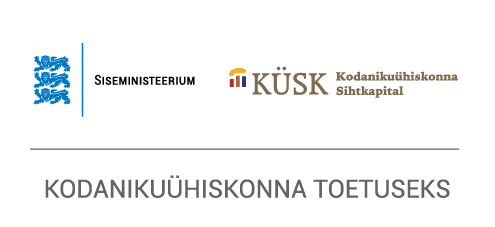In a number of fields concerning human health and environment (e.g. chemicals and GMO), current product safety standards in EU and USA are radically different. Therefore, it cannot be expected that the new trade agreement will change the rules of the EU or the USA overnight. The rules may, however, change over time as a result of the regulatory cooperation and investor-state dispute settlement (ISDS) mechanisms.
„According to the agreement, EU and the USA must closely cooperate and avoid hindering the exchange of goods any time they change their rules,“ Siim Vahtrus, one of the authors of the analysis, says. „The latter means the harmonization of rules will essentially lead to lower standards on both sides of the Atlantic Ocean.“
Providing the ISDS mechanism in the agreement the EU with its stricter standards runs the risk to be subjected to costly arbitration disputes. These often end with unpredictable decisions and the judges’ impartiality is often in doubt.
The fields of chemicals, food safety and GMOs were analysed in more detail. Different approaches of the EU and the USA are described and the analysis aims to explain how the agreement could negatively influence the consumers and the environment. One conclusion of the analysis is that EU rules have already been weakened in the process of the negotiations.
The analysis was ordered by the Estonian Green Movement for the project presenting the risks of the TTIP and EU-Canada Trade Agreement. In the framework of the project the signatures are collected for a pan-European initiative to stop the negotiations (www.stop-ttip.org ).
Analysis (in Estonian) can be downloaded here

